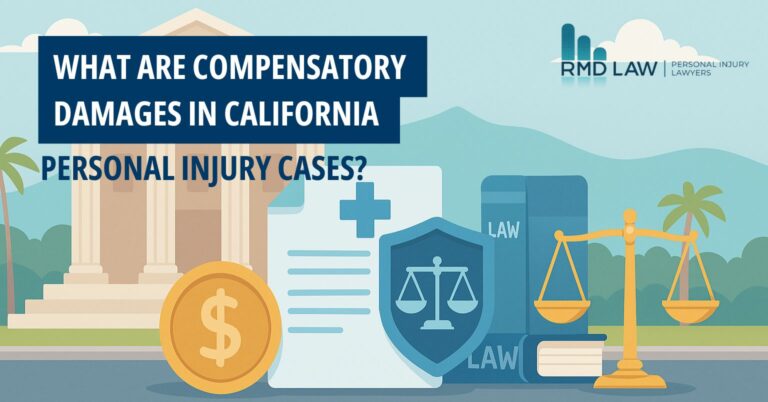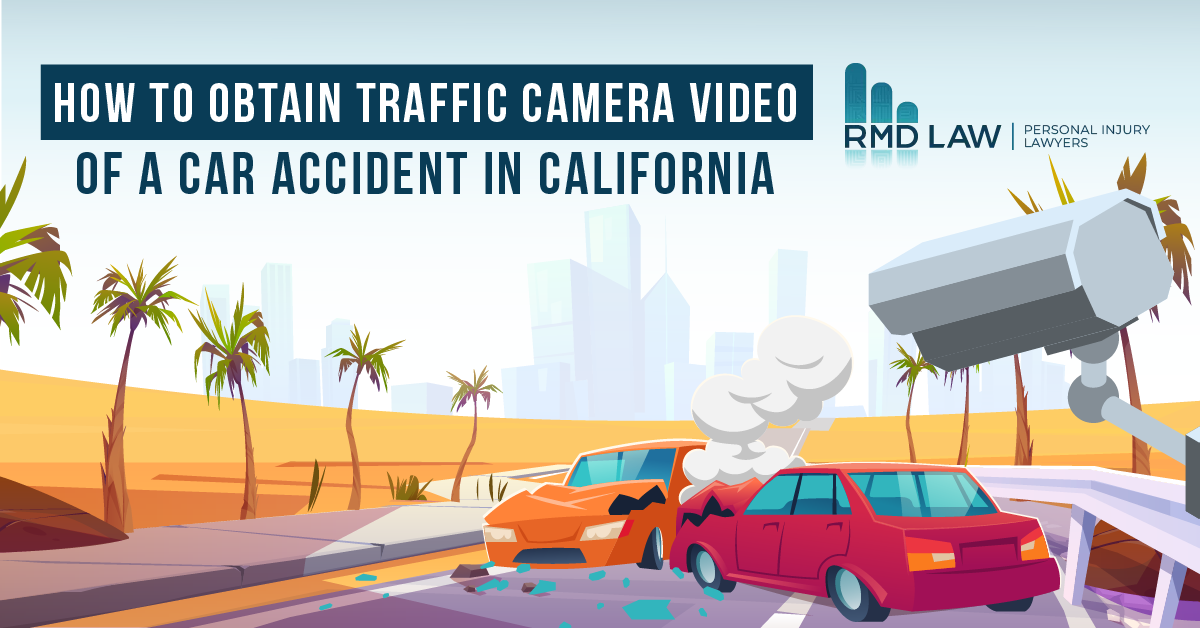
Key Takeaways:
Act Quickly to Secure Traffic Camera Footage After a Car Accident in California
- Most California traffic, red-light, business, and residential cameras keep footage for only 7–30 days, so fast action is critical. Footage may be overwritten within days.
- To preserve evidence, identify the camera type (traffic, red-light, business security, residential, or dashcam), determine the owner, and submit your request immediately. Include the accident date, exact location, vehicle descriptions, and any visuals that support your claim.
Traffic Camera Footage Can Prove Fault and Strengthen Your Personal Injury Claim
- Video evidence helps establish liability, show impact severity, and support your personal injury case when written statements fall short from at-fault drivers or insurers.
- Footage showing who ran a red light or failed to yield can speed up the claims process and significantly increase settlement value.
A Personal Injury Lawyer Can Help Obtain and Use Footage Effectively
- If agencies won’t release footage or delay responses, a personal injury attorney can issue legal demands or subpoenas to secure the video before it’s deleted.
- Legal support ensures key video evidence is preserved, especially when you’re seriously injured or facing an uncooperative insurance company.
Traffic Camera Video and Your Accident
You’re driving through a packed California intersection when another car suddenly crashes into yours. It’s jarring and so many things happen in just seconds. In the chaos, details blur. Who had the right of way? Who ran the red light? Who turned too quickly? You know it wasn’t you, but proving it is another story.
Traffic camera footage offers one of the clearest and most reliable records of a crash, but getting it isn’t always simple. Different agencies control different cameras, and many overwrite their video within days, so the clock starts ticking the moment the accident happens.
But before anything else, it helps to know what to do after a car accident. This guide explains who to contact, how quickly you should act, what details to include in your request, and why this camera footage is important for your claim in California.
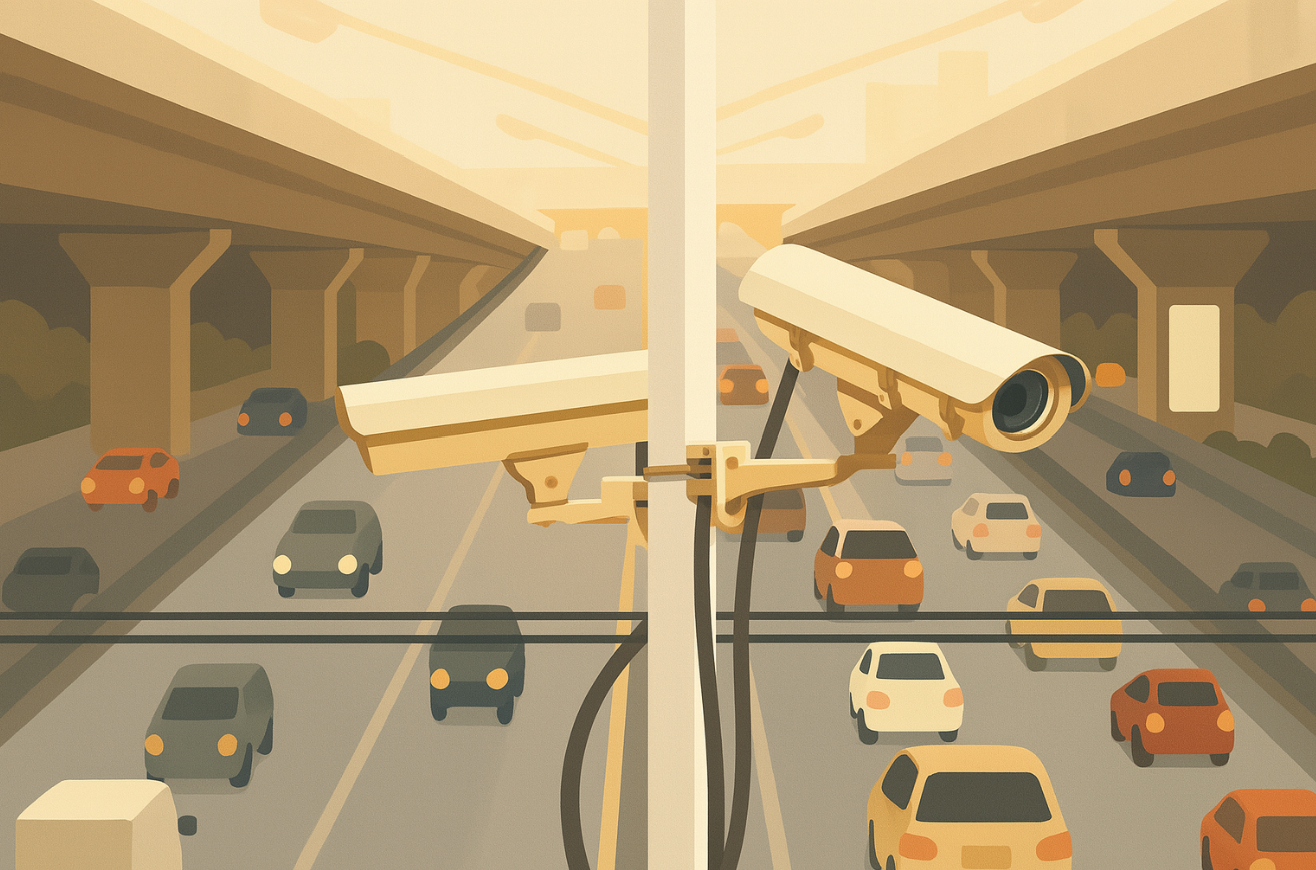
How to Request Traffic Camera Footage in California After a Crash
Traffic footage can help everyone involved understand exactly what happened. If you’re wondering how to get or access traffic camera footage of a car accident in California. Take note of the steps below:
1. Identify what type of camera captured the accident
Different camera types require different request methods, so knowing what may have recorded the crash is important. Recall where the crash happened. Was it on a highway, a busy intersection, or near a storefront? Look for:
-
- Traffic cameras – Mounted on poles at intersections or freeways, managed by Caltrans or city transportation departments.
-
- Red-light cameras – Triggered when someone runs a red light, usually city-owned or managed by a vendor.
- Red-light cameras – Triggered when someone runs a red light, usually city-owned or managed by a vendor.
-
- Business security cameras – If you crashed near a gas station, store, or restaurant, their exterior cameras might have caught the incident.
-
- Residential doorbell or security cams – More common in neighborhoods and often face the street, making them helpful in capturing nearby accidents.
-
- Dash cams – Check your own, the other driver’s, or a witness’s dashcam if the crash was captured.
Note that most live-streaming traffic cameras – including some Caltrans camera – are designed for real-time monitoring, rather than recording footage. So if you’re hoping to access footage, act fast and manage your expectations; there’s no guarantee the camera recorded anything useful.
2. Figure out who owns the camera
Once you know what kind of camera may have caught the crash, it’s time to find out who owns it or is responsible for its operation. Ownership determines whether you file a Public Records Act (PRA) request or contact a private owner directly.
-
- Caltrans – Manages cameras on California highways and freeways.
-
- City or county transportation departments – Handle cameras at local intersections and surface streets.
-
- Private businesses or homes – Include gas stations, retail stores, apartment buildings, or residential homes.
To identify ownership, you can:
-
- Check for signage on the pole or traffic signal
- Revisit the location on Google Maps Street View
- Look for outward-facing cameras at nearby businesses or homes
- Ask the city’s traffic or police department if a red-light camera recorded the scene
3. Submit a formal request quickly
Footage is often deleted in as little as seven days, sometimes up to 30 days. Acting immediately gives you the best chance of securing it.
Here’s what to do:
-
- Public footage – If a city or state agency owns the camera, file a Public Records Act (PRA) request. Each city or department has a distinct process—look for a “records request” section on their website.
-
- Private footage – If a nearby business or homeowner owns the camera, visit or call them politely. Explain what happened, give the time and date, and ask if they’d be willing to share the video.
4. Include supporting details in your request
Vague requests get ignored, while specific ones get results. To strengthen your request or claim, include the following evidence of a car accident:
-
- Exact date and time of the accident
-
- Location of the accident (intersection, address, direction of travel)
-
- Your vehicle’s make, model, and color
-
- The other vehicle’s description, if known
-
- A police report number, if available
-
- Any screenshots, dashcam clips, or diagrams that show where the crash happened
-
- Paper trails like email confirmations, sent forms, and screenshots of online submissions relating to the accident
5. Follow up and be persistent
Requests are often overlooked or delayed, so staying proactive increases your chances of success.
-
- Follow up politely if you haven’t heard back after a few days.
- Keep notes on who you spoke with, when, and what they said.
- Save all emails and confirmation receipts
- If your request is denied or ignored, your lawyer can resend the request with the correct legal language or pursue further action with subpoenas, if necessary.
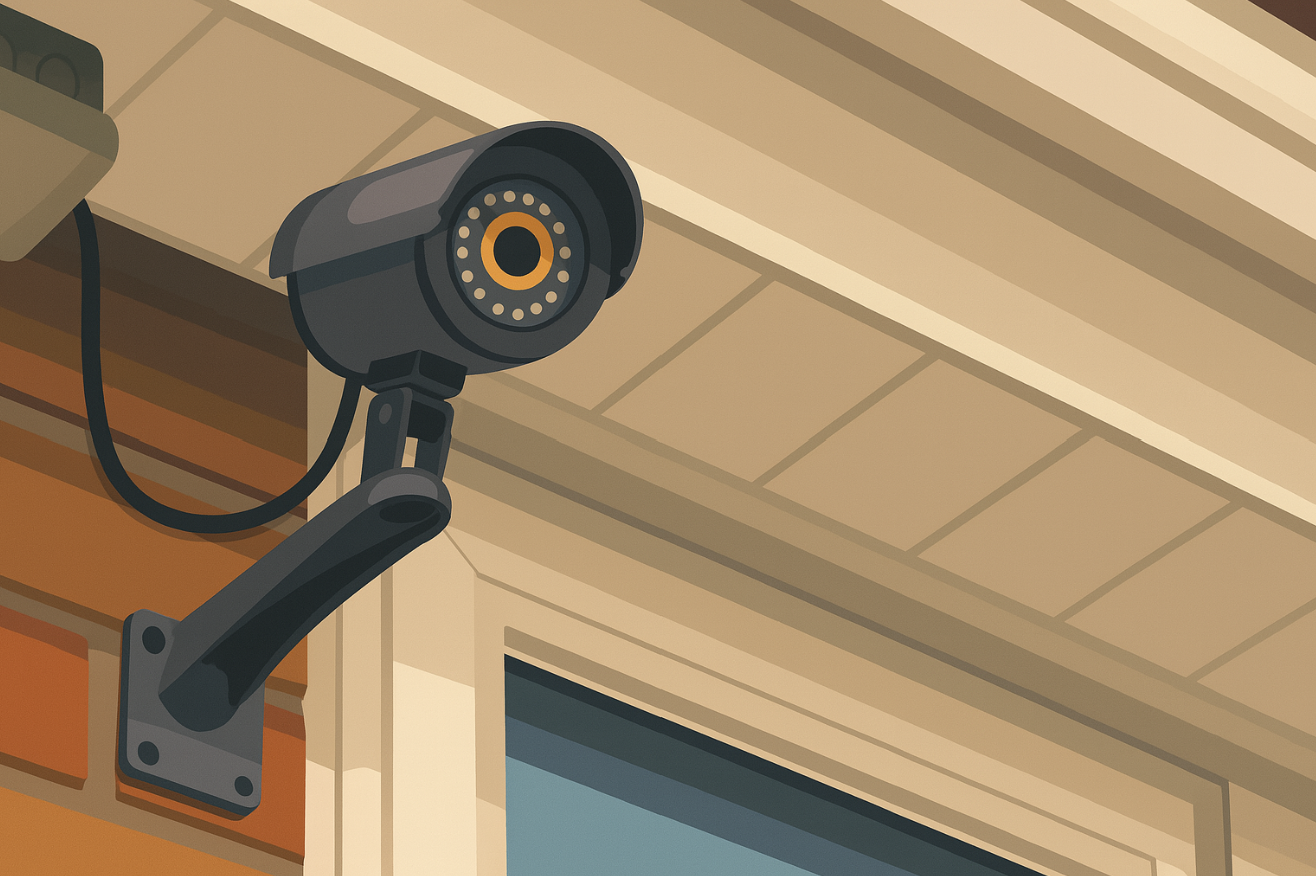
How Camera Footage Can Strengthen Your Personal Injury Case
Traffic camera footage gives the clearest, most reliable account of how the crash happened. It can support your case in several ways:
1. Clear liability
It’s one thing to say the other driver ran the red light—it’s another to show it. Footage can reveal who entered the intersection first, who failed to yield, or who made an illegal turn.
2. Speed up claims
Insurance companies often stall when fault isn’t obvious. If you submit footage showing exactly how the crash happened and clearly shows fault, insurance companies are more likely to settle quickly.
3. Supports injury claims
A hard-impact T-bone accident looks very different from a slow-speed rear-end tap. When adjusters or defense attorneys question your injuries, camera footage can show just how violent the crash was and why your injuries make sense.
4. Counteracts blame shifting
It’s common for at-fault drivers to twist the story. Even police reports may leave out key details. With the right video, you can challenge false blame and defend your version of events.
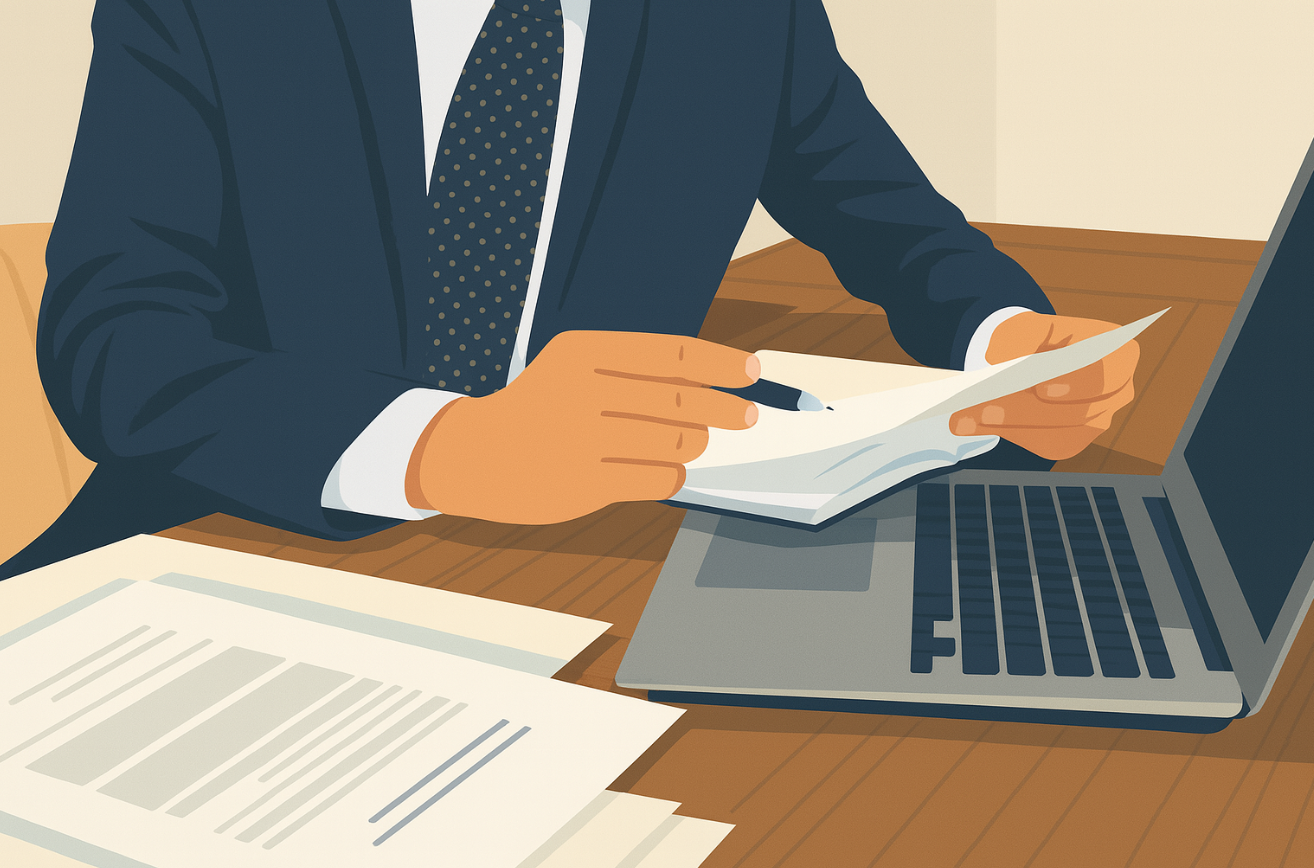
When to Call a Personal Injury Lawyer
Requesting footage isn’t always simple. Footage can be deleted quickly, agencies may not respond, and private owners may refuse to share it. Meanwhile, your insurance claim is delayed or undervalued.
If the car accident wasn’t your fault, it’s time to bring in a lawyer. Here’s how legal help can make a difference.
You were seriously injured in the accident
If you’re dealing with medical bills, missed work, or long-term pain, you need more than just a copy of the video. A lawyer can act fast to preserve evidence and help you get fair compensation for the damage to your car and everything else the crash has cost you.
The agency won’t release the footage
If the city or Caltrans won’t release the video, a lawyer can escalate the request or subpoena it. Having legal support makes agencies take your request more seriously.
You think the other driver is lying about what happened
If the other party blames you, a lawyer can help find and use the right footage to shut down false claims before they hurt your case.
You’re dealing with an uncooperative insurance company
Some insurers will deny liability or downplay your injuries until they’re forced to see the facts. A personal injury lawyer can present the video as part of a well-documented claim and negotiate more confidently.
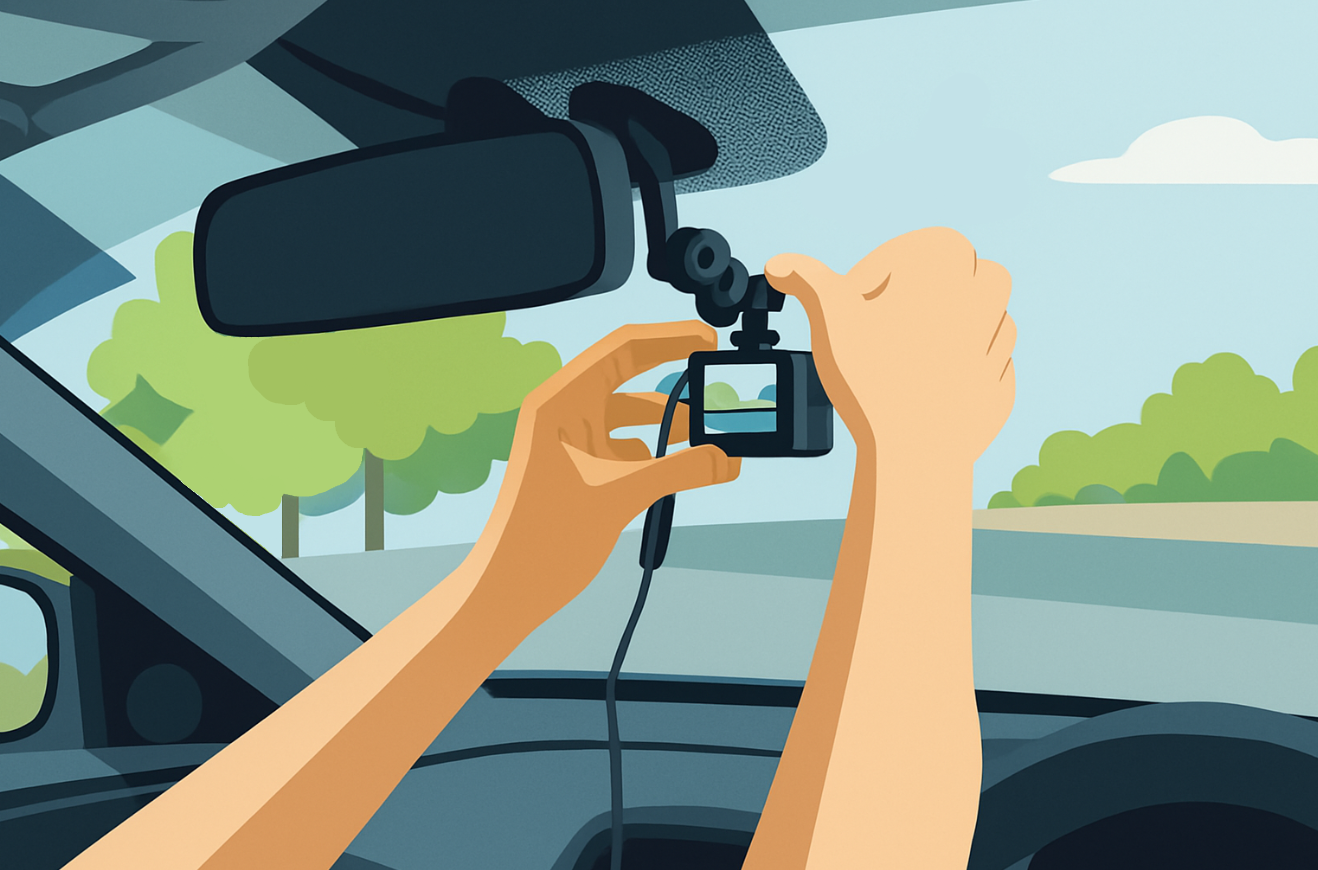
When the Footage Matters Most
Traffic footage cuts through confusion and conflicting stories — but only if you secure it before it’s erased. Knowing where to look, who to contact, and how quickly to act can make all the difference.
The sooner you take action, the better your chances of preserving the evidence you need. If the process becomes overwhelming or stalls, consider contacting a car accident lawyer who knows how to obtain traffic camera video of a car accident in California and get results.
RMD Law is here to support you. We’ve helped countless clients preserve crucial evidence, hold the right people accountable, and move forward after serious collisions.
Contact us today for a free consultation.
FAQs
1. How do I obtain traffic camera footage in California?
Identify the camera owner. Submit a Public Records Act (PRA) request for government-owned cameras, and contact private owners directly for CCTV or residential footage.
2. How long do traffic cameras keep footage?
Most agencies and private owners delete footage within 7 to 30 days, and many traffic cameras only stream live without recording.
3. Can I get red-light camera footage after a crash?
Yes, but the city or a third-party vendor typically controls the footage from red-light cameras. You’ll need to file a PRA request with the city’s traffic or police department.
4. What if the city denies my request for camera footage?
A personal injury lawyer can help escalate the request or pursue the footage through a subpoena.
5. Can a lawyer help me get video evidence?
Yes. A lawyer can preserve video before it’s deleted, file legal requests, and use the footage to support your personal injury claim.
6. Who owns traffic cameras in California?
It depends on the location—Caltrans manages highway cameras, while city or county agencies control local intersections. Businesses or homeowners may own private cameras in the vicinity.
7. What should I include in a request for camera footage?
List the date, time, and exact location of the crash. Describe the vehicles involved and attach the police report if available.
- 7 Most Dangerous Roads in California for Pedestrians - December 19, 2025
- Reckless Driving in California: Definition, Penalties, and Real-World Consequences - December 15, 2025
- How Cities Like Los Angeles and San Francisco Use Enhanced Crosswalk Paint to Improve Safety - December 11, 2025

